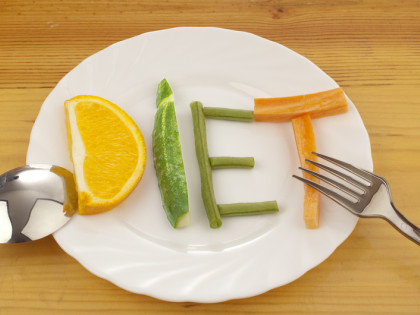How much fibre should I be eating?
In Australian adults it is recommended to have between 25-30 g/day of fibre.
Types of fibre in food:
There are two types of fibre and we need both in our daily diets. Both types of fibre are beneficial to the body and most plant foods contain a mixture of both types. These include:
- Soluble fibre: dissolves in water and found mainly in plant cells. One of its major roles is to lower LDL (bad) cholesterol levels. Soluble fibre can be found in fruits, vegetables, oat bran, barley, flaxseed, dried beans, lentils, peas, soy milk and soy products.
- Insoluble fibre: does not dissolve in water and makes up the structural parts of plant cell walls. A major role of insoluble fibre is to help food move through your digestive system, promoting regularity and preventing constipation. Insoluble fibre can be found inwheat bran, corn bran, rice bran, the skins of fruits and vegetables, nuts, seed dried beans and wholegrain foods.
Good sources of fibre
- Fruit and vegetables such as strawberries (1 cup is around 3g of fibre), apples (1 apple is around 1.7g of fibre) and potatoes with skin (small 100g potato provide 2.8g of fibre)
- Whole grain food such as whole grain bread (4 slices is around 5.7g of fibre) and weetbix (2 biscuits is around 3.2g of fibre)
- Nuts such as Almonds (25 almonds provide 3g of fibre)
- Peanut butter (1 tablespoon is around 2.7g of fibre)
Take the HEQ to find ways to improve your wholegrain and fibre intake.
For more info on fibre check this out: https://theconversation.com/health-check-are-you-eating-the-right-sorts-of-fibre-20089













